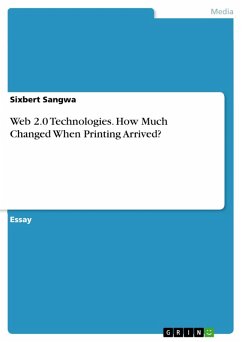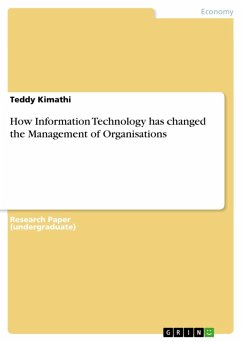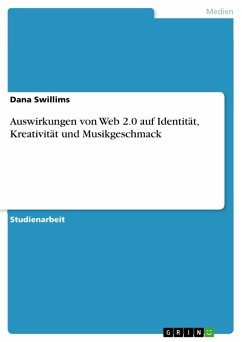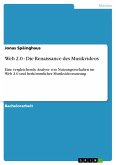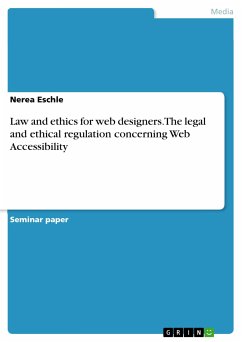Essay from the year 2018 in the subject Communications - Multimedia, Internet, New Technologies, grade: 79, The Open University (School of Educational Technology), course: Technology-Enhanced Learning: Practices and Debates, language: English, abstract: This paper consists of a student's reflection on his early work on the Technology-Enhanced Learning Module. The reflection focuses on three selected activities that the student has deemed appropriate to have enabled him to understand in relation to aspects of his own and / or others' use of technology for learning. Not only did the reflection involve examples from personal or professional contexts, but also a suggestion for improvement of the activity in terms of social media use, student engagement and relevance to the current learner. Contrary to Naughton who includes printing, my view on technology was only limited to web-base and computer-based learning which, according to him, we don't even know the half of it. With this narrowed view, I obviously validated the first law of technology because it has what I see as good impact on how we build knowledge and access information, but I had negative perception on long-term impact of learning technology on students' behaviour, given their suspected dependency on internet and horizontal information seeking, characterized by multitasking and skimming activities where the average time spent by users on e-book and e-journal sites is shorter compared to what they spend on printed books. I thought this will reduce the analytical thinking competency. After reflection and forum discussions, I now understand that Printing, Radio, TV, social media, media tools, internet, intranets, satellite broadcasts, audio and video conferencing, bulletin boards, chat rooms, webcasts, and CD-ROM, etc. are other tools of technology enhanced learning that I wasn't considering before.
Dieser Download kann aus rechtlichen Gründen nur mit Rechnungsadresse in A, B, BG, CY, CZ, D, DK, EW, E, FIN, F, GR, HR, H, IRL, I, LT, L, LR, M, NL, PL, P, R, S, SLO, SK ausgeliefert werden.

